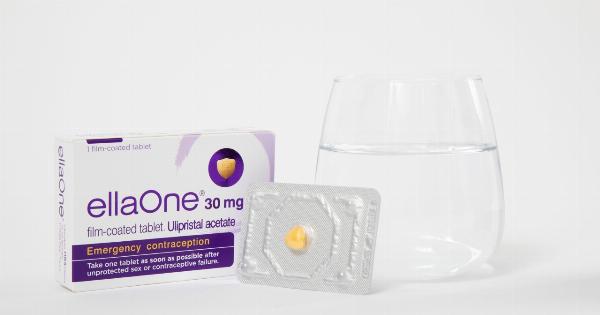Ovulation is an important process in a woman’s reproductive cycle. It is the release of an egg from the ovary and is necessary for fertilization to occur. Knowing when you’re ovulating is essential if you’re trying to get pregnant.
There are several indicators of ovulation, and being aware of them can help you determine the best time to conceive.
Cervical mucus changes
Cervical mucus is a sticky, jelly-like substance that is produced by the cervix. Its consistency changes throughout the menstrual cycle, and it can be an important indicator of ovulation.
During ovulation, the cervical mucus becomes thin, clear, and slippery, like egg whites. This is known as fertile cervical mucus and helps to keep sperm alive and facilitate their journey to the fallopian tubes for fertilization.
Basal body temperature
Basal body temperature (BBT) is your body temperature when you’re at rest. It can be measured with a thermometer and charted over time to create a BBT chart.
During ovulation, there is a slight increase in BBT due to an increase in the hormone progesterone. This increase is small, usually only a fraction of a degree, but can be detected with a sensitive thermometer. Charting your BBT can help you determine when you’re ovulating and the best time to conceive.
Mittelschmerz
Mittelschmerz is a German word that means “middle pain.” It refers to a sharp, one-sided pain that some women experience around the time of ovulation.
The pain is caused by the release of an egg from the ovary and is usually felt on the side where the ovary is located. Not all women experience mittelschmerz, and some may only experience it occasionally.
Changes in the cervix
During ovulation, the cervix changes in response to hormonal fluctuations. It becomes softer, higher, and more open than it is during the rest of your menstrual cycle. These changes can be detected by performing a self-exam.
Wash your hands and use your fingers to feel for changes in the cervix. You should feel for a softening of the cervix, an opening or widening of the cervical opening, and an increase in cervical mucus.
Positive ovulation test
An ovulation test measures the level of luteinizing hormone (LH) in your urine. LH is a hormone that surges just before ovulation occurs. When the test detects a surge in LH, it indicates that ovulation will occur within the next 24 to 36 hours.
A positive ovulation test is a very accurate way to predict when you’re most fertile. You can purchase an ovulation test at most drugstores or online.
Increased libido
During ovulation, many women experience an increase in sexual desire. This is likely due to hormonal changes in the body, which make women more receptive to sexual activity.
If you’re trying to get pregnant, paying attention to changes in your libido can be a helpful indicator of ovulation.
Abdominal bloating
During ovulation, some women experience mild bloating or abdominal discomfort. This is caused by the release of the egg from the ovary and is usually temporary.
If you experience bloating or discomfort around the time of ovulation, it can be a good indicator that you’re ovulating.
Breast tenderness
During ovulation, some women experience breast tenderness or soreness. This is due to hormonal changes in the body and is usually temporary.
If you experience breast tenderness around the time of ovulation, it can be a helpful indicator that you’re most fertile.
Light spotting
Some women experience light spotting or discharge around the time of ovulation. This is usually due to changes in cervical mucus and is not a cause for concern. Paying attention to changes in discharge can be a helpful indicator of ovulation.
Changes in appetite or mood
During ovulation, some women experience changes in appetite or mood. They may feel more hungry or have cravings for certain foods. Likewise, they may experience mood swings or feel more emotional than usual.
These changes are likely due to hormonal changes in the body and can be helpful indicators that you’re ovulating.





























